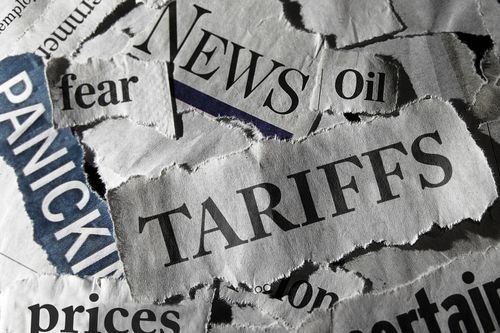Written for Bolton by Anirban Basu, Sage Policy Group
In March 2022, the Federal Reserve began an assault on excess inflation by ramping interest rates higher. Within a year, the benchmark rate set by America’s central bank climbed by 4.5 percentage points, the most rapid pace of rate hikes in more than four decades. One would think that economic growth would have slowed dramatically in the interim. After all, one of the slogans to which many investors cling is “don’t fight the Fed”. In other words, if the Federal Reserve wants to push markets and economic outcomes in a certain direction, one should not attempt to place contradictory bets.
Alas, inflation has stubbornly persisted as the economy has continued to power through the rising cost of capital. As of January 2023, the national unemployment rate was actually below where it was when the Federal Reserve began ramping its benchmark interest rate higher. In December 2022, there were 11 million available, unfilled jobs in America, or 1.9 job openings for every unemployed person. That is inflationary, as it forces employers continue to compete with one another for scarce human capital.
While a number of prominent companies have announced mass layoffs since mid-2022, initial claims for unemployment insurance remain remarkably low. This has placed the Federal Reserve in a difficult position. Consumer inflation appears to have peaked during the summer of 2022, but there remains a considerable amount of work to be done. When excess inflation initially appeared during the spring of 2021, monetary policymakers viewed the phenomenon as merely transitory. The theory was that vaccinations and a steady return to normalcy had bolstered demand while global supply chains remained in disarray. As those supply chains healed, supply would conform to demand, quickly dissipating excess inflation.
It was not meant to be. Inflation persisted as demand remained red hot and Covid spikes continued to wreak havoc on global production. Within a few months, inflation expectations had shifted higher, with companies lifting prices and workers demanding higher compensation. Since that time, global supply chains have become less chaotic, helping to push headline inflation lower. But the outsized demand for employees has kept wage growth too high for the Federal Reserve to easily restore inflation to its 2 percent target. Accordingly, further efforts to diminish inflation will be undertaken, meaning interest rates are set to rise further.
Ironically, the risk of recession is expanding because the economy remains reasonably strong through the first month and a half of 2023. Many economists indicate that rolling recessions have already begun, including in the single-family housing market, among technology companies that expanded rapidly due to behavioral shifts rendered by the pandemic, and within several commercial real estate segments.
Oddly enough, despite tighter monetary policy and a host of geopolitical hotspots, equity markets began the year by rallying, with many investors believing that the Federal Reserve was on the verge of announcing an end to its interest rate hiking cycle. But recent data indicate that the economy remains overheated and inflation too high. Correspondingly, the equity market rally has suffered some setbacks recently, with the current expectation being that the Federal Reserve will maintain higher interest rates for longer.




